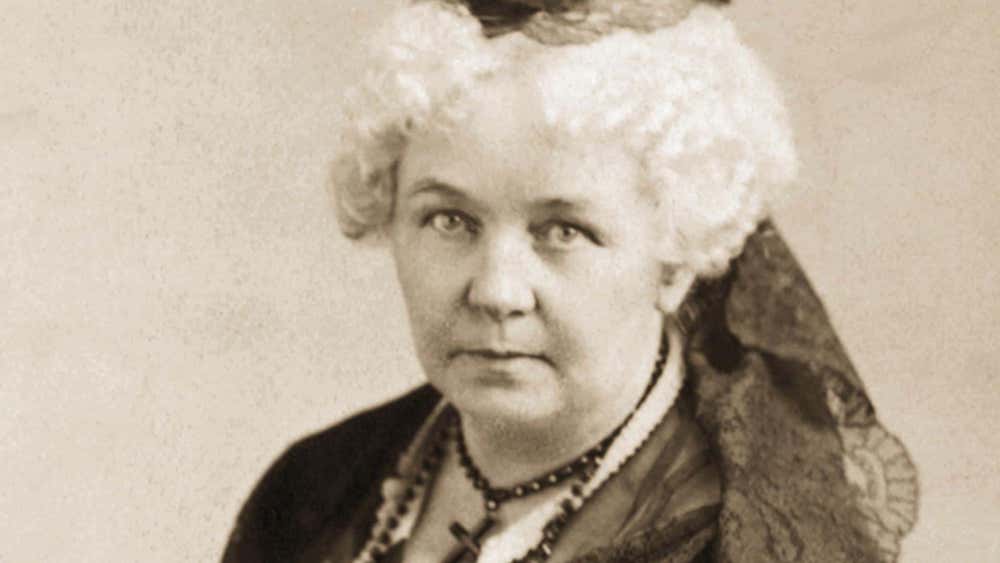The onslaught of comments following J.K. Rowling’s critique of gender theory demonstrates an ever-growing confusion toward sexual difference and the concept of personhood more generally.
“If sex isn’t real,” she tweeted, “the lived reality of women globally is erased. I know and love transpeople, but erasing the concept of sex removes the ability of many to meaningfully discuss their lives. It isn’t hate to speak the truth.”¹
Login to read more
Sign in or create a free account to access Subscriber-only content.
Topics:
